Want to help your client with calculating their container load? Read on to find out how you can assist them with container loading and also find the right box to load their cargo into.
In this blog, you’ll learn:
- Container loading is the process of filling up the container with cargo.
- Tips on how you can calculate your load using the container loading calculator.
- There are two kinds of container loads. FCL -Full Container Load. And LCLWhat is less than container load? Less than container load (less than container load, LCL) is a shipping term that refers to the delivery of cargo in smaller quantities than a full container load. A f... More – Less than Container LoadWhat is less than container load? Less than container load (less than container load, LCL) is a shipping term that refers to the delivery of cargo in smaller quantities than a full container load. A f... More.
- xChange can help you buy the best containers for container loading at top prices with price transparency.
Picture this: let’s say your client needs to ship furniture, think office tables. You’ve got to get the right container type ready for them to ship the tables in. To do this you have to be able to get a container that will be able to hold the weight of the tables well.
If you’re having trouble understanding the weight limit and weight distribution inside the container during loading for your client, we have some good news for you.
Firstly, loading a container for your client doesn’t have to be a tedious task. If you get them the right container for their cargo, weight limit, and weight distribution will be a cakewalk for them. Secondly, you have us! We can help you find the perfect containers for your client for their container loading. How will we do that you ask? We’ve got your answer.
Check out our trading platform with more than 1000+ vetted members in 2500+ locations worldwide. You’ll have 10, 000+ containers to choose from for your needs.
All you have to do is choose, “I want to buy containers”, select pick-up, and hit search. Within seconds, you’ll instantly get a list of containers put up for sale, right where you need them.
Sounds good, right? But, before you help your client begin loading, let’s deep dive into understanding what truly is container loading.
What is container loading?
Container loading is the process of filling up a container to its full weight. In simple terms, as the name suggests, it means loading the container to maximum capacity. Keeping in line with the furniture business story, when your client ships the furniture, they will have one main goal: To get it safely and undamaged to the destination, right?
How do you go about helping them do that?
By loading the furniture safely into the right container that suits the type of cargo they’re exporting. An example of this would be loading the office tables into a 40ft container which is likely to be able to hold tables of 3 to 4 office spaces.
Simple, right?
Let’s now understand how to calculate container load.
How to calculate your container load?
Now, say your client needs to ship 100 tables, and you’re thinking of offering them a 20ft container. So, to know if the 20ft container is big enough for your client’s needs, you need to know how much space these tables will use up inside the container, right?
That’s where we come in to help you understand how to calculate the load to help you get your client the perfect box for their needs.
Take note: the container’s capacity is evaluated by its cubic measurement as well as the maximum weight of the cargo it can carry.
*Cubic feet of a container is calculated by multiplying the internal size of the container – inside length x height x width.
*Cubic feet of the boxes can be determined by multiplying length x width x height.
Let’s start calculating!
Step 1: Calculate the cubic measurement of each item to be loaded. When measuring in feet, multiply the length, width, and height of the item to get the total in cubic feet. For inches, multiply the length, width, and height in inches, and divide the total by 1,728 to arrive at the figure in cubic feet. And if you want it in meters, multiply the length, width, and height of the item to get the total in cubic meters, then multiply the total by 35.315 to arrive at the figure in cubic feet.
Step 2: Multiply the cubic foot total by the number of items of that size to go inside the container. Check the final cubic feet total of all cargo items against the cubic foot capacity of the container.
Step 3: Calculate the overall weight of the payload by multiplying the weight of each item to be loaded. Be sure not to exceed the maximum weight rating of the container.
For further information on shipping container dimensions please refer to our detailed guide which offers critical insights needed to select the appropriate container for your business needs.
Make your container loading easier with the right box
We understand your troubles, weight seems to be an issue when it comes to container loading doesn’t it? Weight distribution constraints require the weight of the cargo to be spread across the container floor. An unbalanced container can produce problems when lifted by a crane.
The solution lies in finding the right container for your client to load their cargo into, and we’re here to help you with just that.
Here’s an overview of the container loads for different container types.
Loading a 20ft and 40ft DC container
| Container type | 20ft DC | 40ft DC |
| Container load capacity | 25,000 kg / 55,126.9 lbs. | 27,600kg / 61,200 lbs |

Do these container types fit your needs? Then browse through the 20ft and 40ft DCs for sale on xChange.
Loading a 40ft HC and 45 HC container
| Container type | 40ft HC | 45ft DC |
| Container load capacity | 28,600 kg / 63,052 lbs | 27,700kg / 61,067 lbs. |
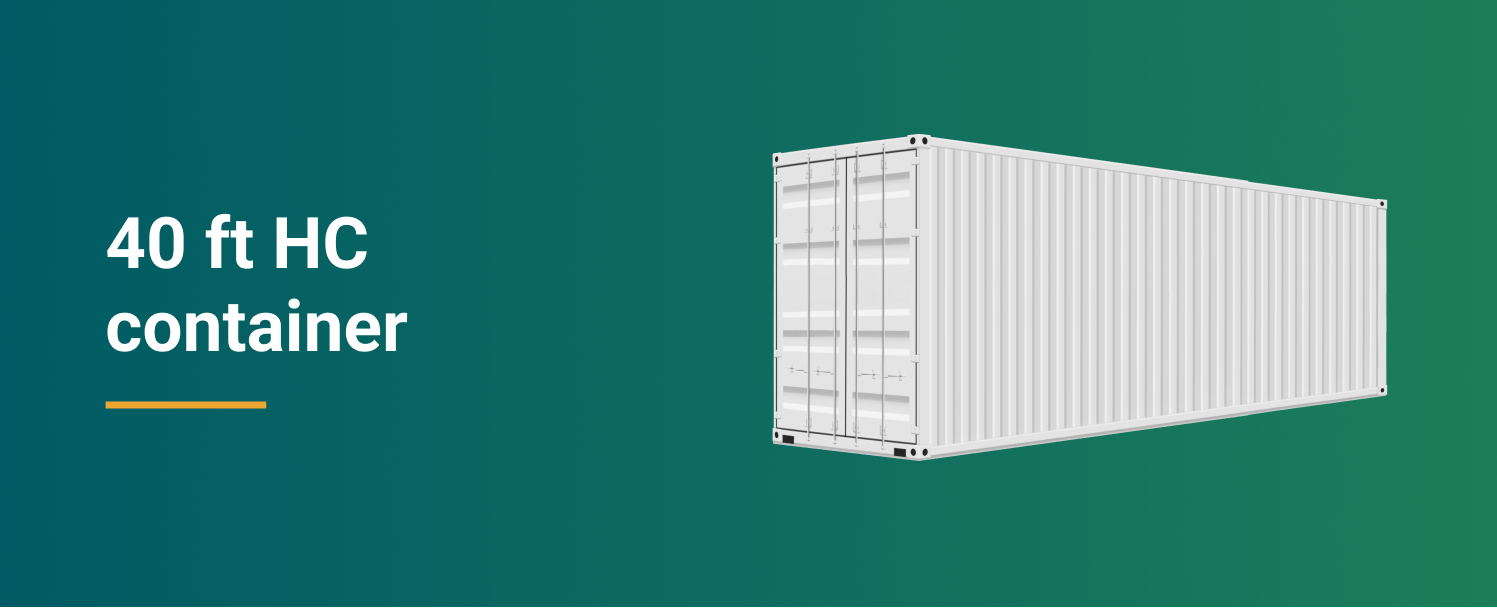
Do these container types fit your needs? Then browse through the 40ft and 45ft HCs for sale on xChange.
Open-top container loading capacities
| Container type | 20ft open top | 40ft open top |
| Container load capacity | 28,220 kg / 62,214 lbs | 26,500kg / 58,422 lbs |
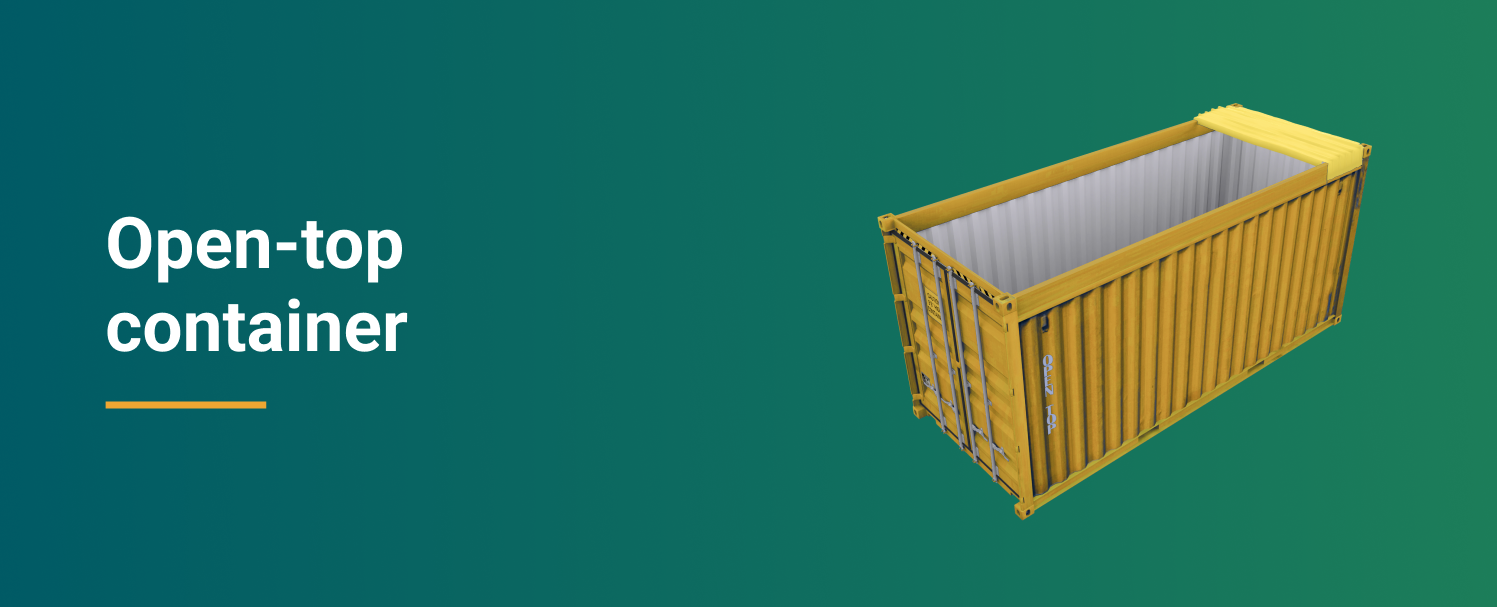
Like what you see? Browse through open tops on sale on xChange.
Reefer container loading capacities
| Container type | 20ft reefer | 40ft reefer |
| Container load capacity | 27,700 kg / 61,078.5 lbs | 29,520kg / 65,080 lbs |

Like what you see? Browse through reefers on sale on xChange.
Loading a double-door container
| Container type | 20ft double door | 40ft double door |
| Container load capacity | 25,000 kg / 55,126.9 lbs | 27,600kg / 61,200 lbs |
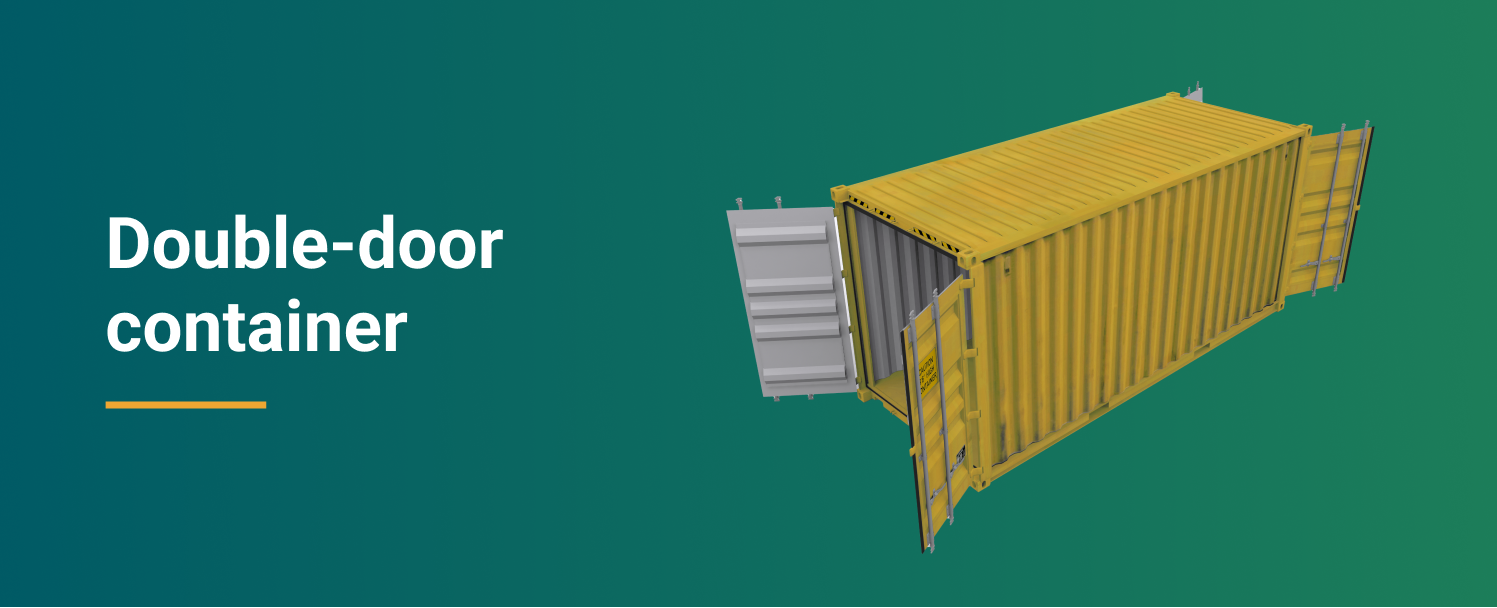
Want to buy this container? Then browse through double doors on sale on xChange.
Pallet wide container loading capacities
| Container type | 20ft pallet wide | 40ft pallet wide |
| Container load capacity | 28,080 kg / 61,905.80 lbs | 26,680kg / 58,819.33 lbs |
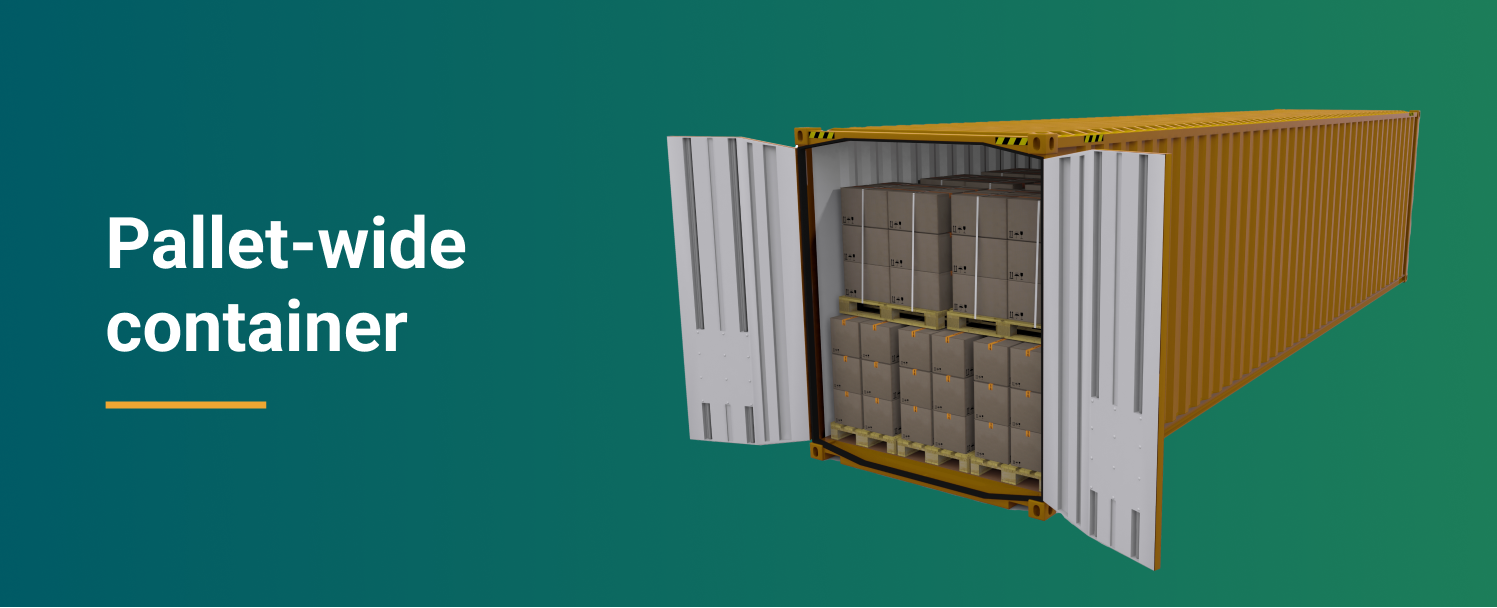
Want to buy this container? Then browse through pallet wides on sale on xChange.
Flat rack container loading capacities
| Container type | 20ft flat rack | 40ft flat rack |
| Container load capacity | 30,140 kg / 66,458.7 lbs | 40,000kg / 88,200 lbs |
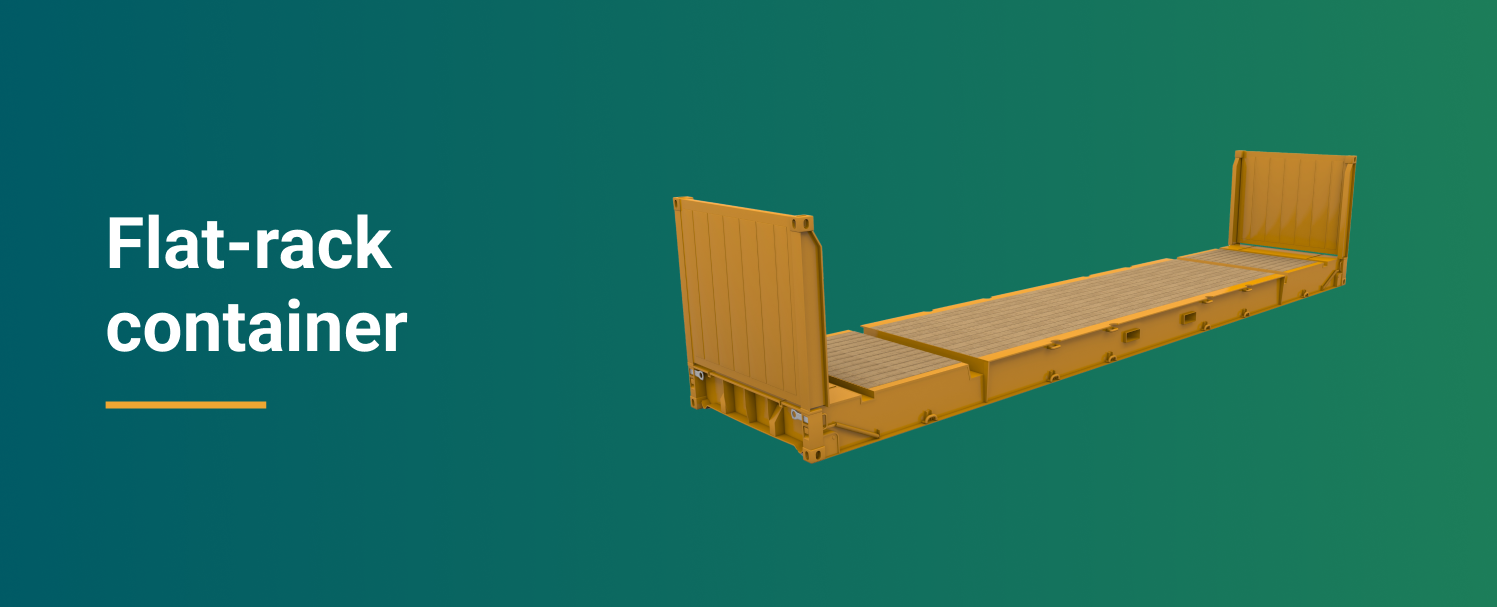
Does this container meet your needs? Then browse through flat racks on sale on xChange.
Loading a side door container
| Container type | 20ft side door | 40ft side door |
| Container load capacity | 20,800 kg / 45,856.1 lbs | 30,400kg / 67,020.5 lbs |
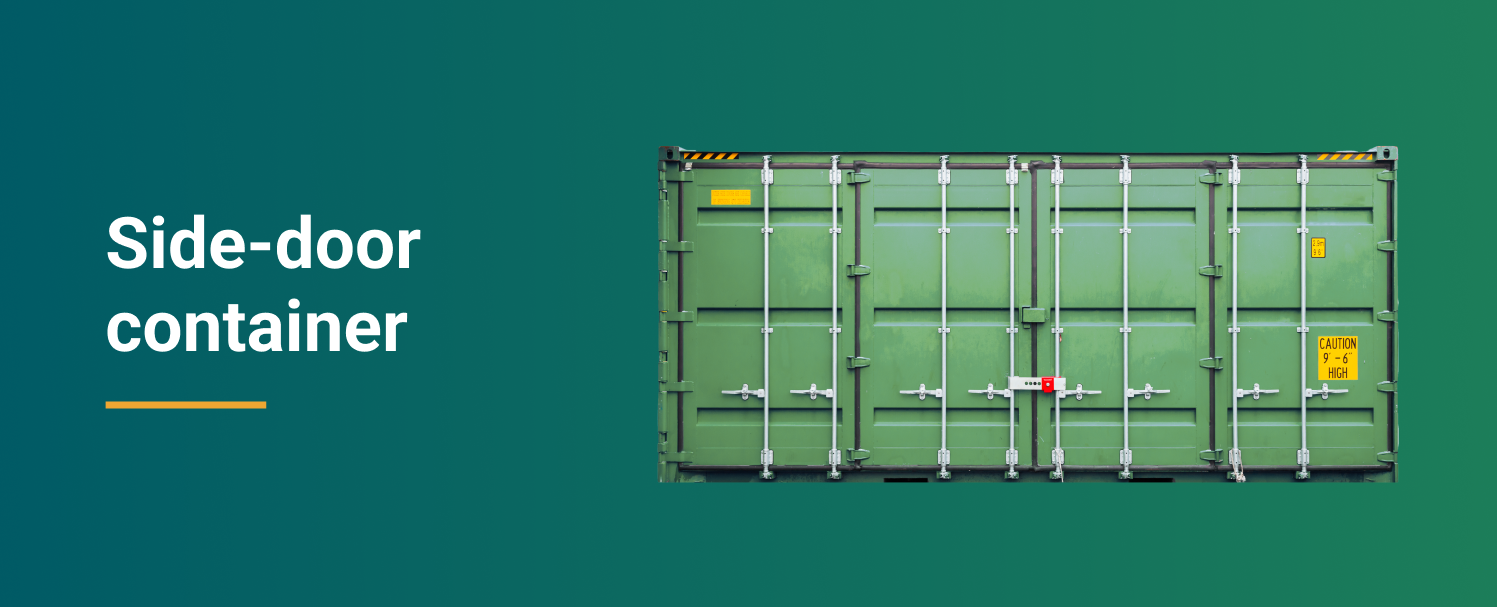
Does this container type meet your needs? Then browse through side doors on sale on xChange.
Hard top container loading capacities
| Container type | 20ft hard top | 40ft hard top |
| Container load capacity | 28,220 kg / 62,214 lbs | 26,500kg / 58,422 lbs |
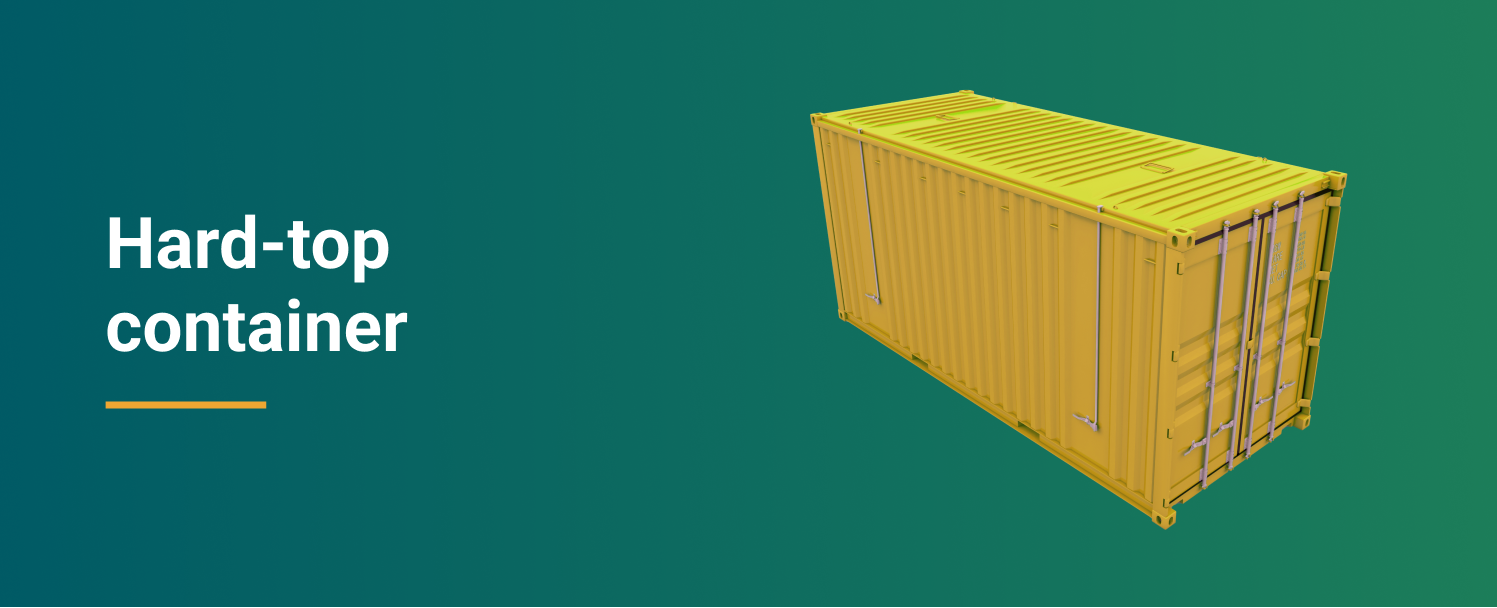
Does this box pique your interest? Then browse through hard tops on sale on xChange.
Insulated container loading capacities
| Container type | 20ft insulated | 40ft insulated |
| Container load capacity | 21350 kgs/47070lbs | 27700 kgs/61070lbs |
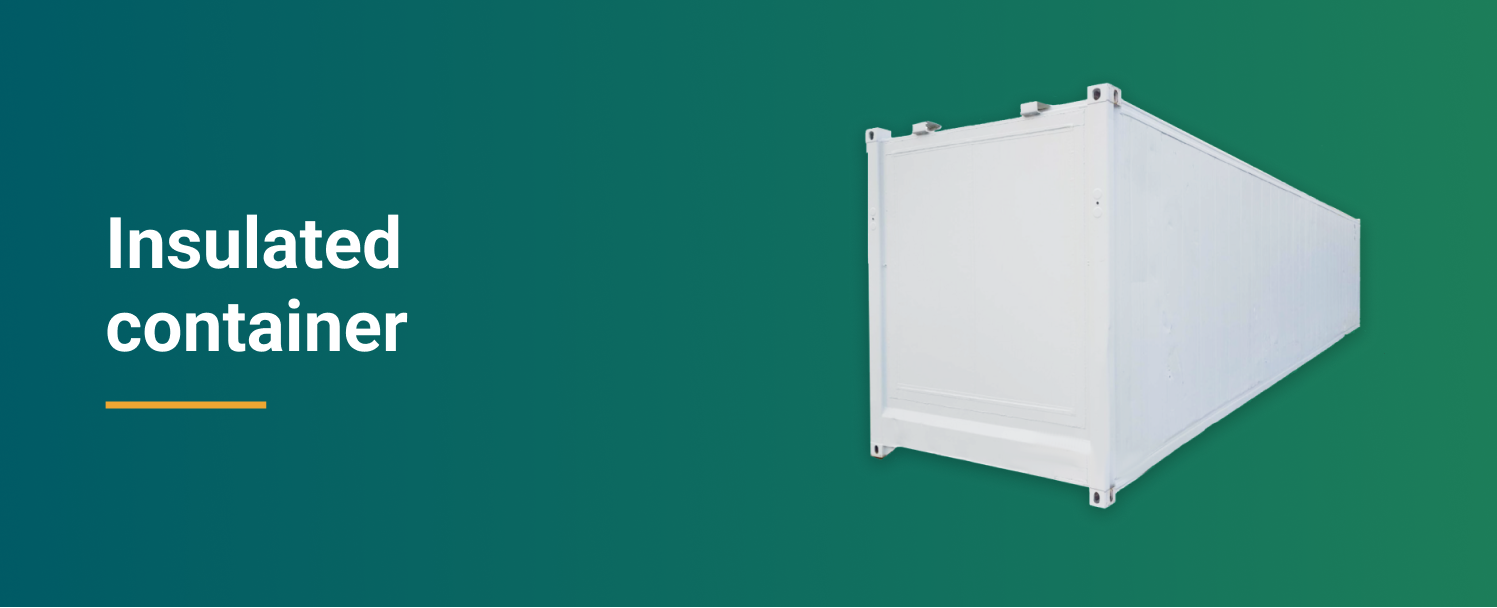
Does this box pique your interest? Then browse through tanks on sale on xChange.
Let’s move ahead to the container loading inspection and procedure.
What is container loading inspection?
Before your client loads the container with the tables, you need to ensure it is in top condition. This is where an inspection is essential. Your container needs to be clean, there should be no damage or vulnerable points, and the seal should be in perfect condition to lock in the goods safely. You should also check to locate any points where there might be a leak. Both the inside and outside of the container should be checked to see if it is safe.
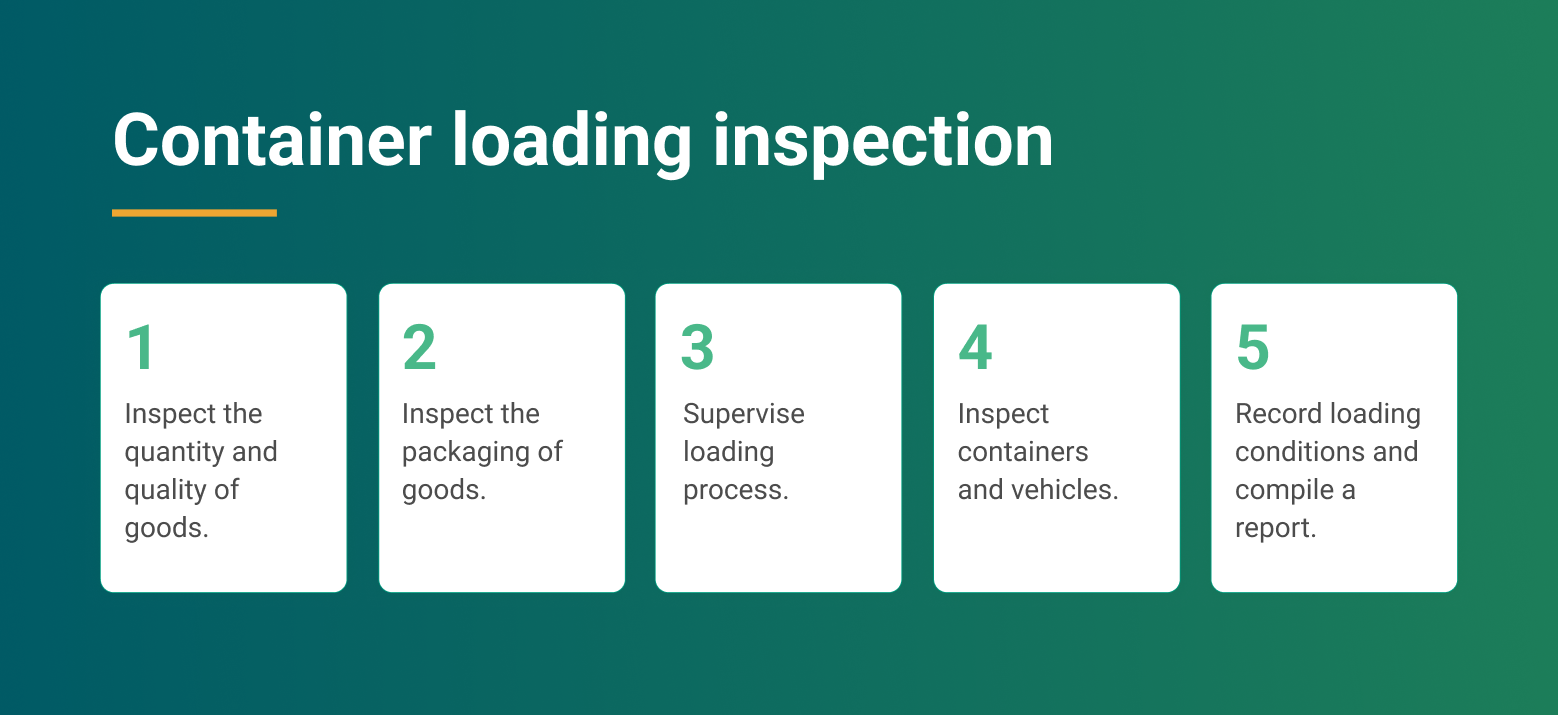
What is the container loading procedure?
After you have ensured your container is good to go after the inspection, you start with the loading process. The procedure includes verifying compliance with the customer’s specifications, supervising the loading process to minimize breakage and maximize space utilization, and more.
During the loading procedure, the inspection continues to ensure that the correct goods are packed and that all the client’s specifications are met.
Both the inspections before loading and during loading are done by an inspection inspector.
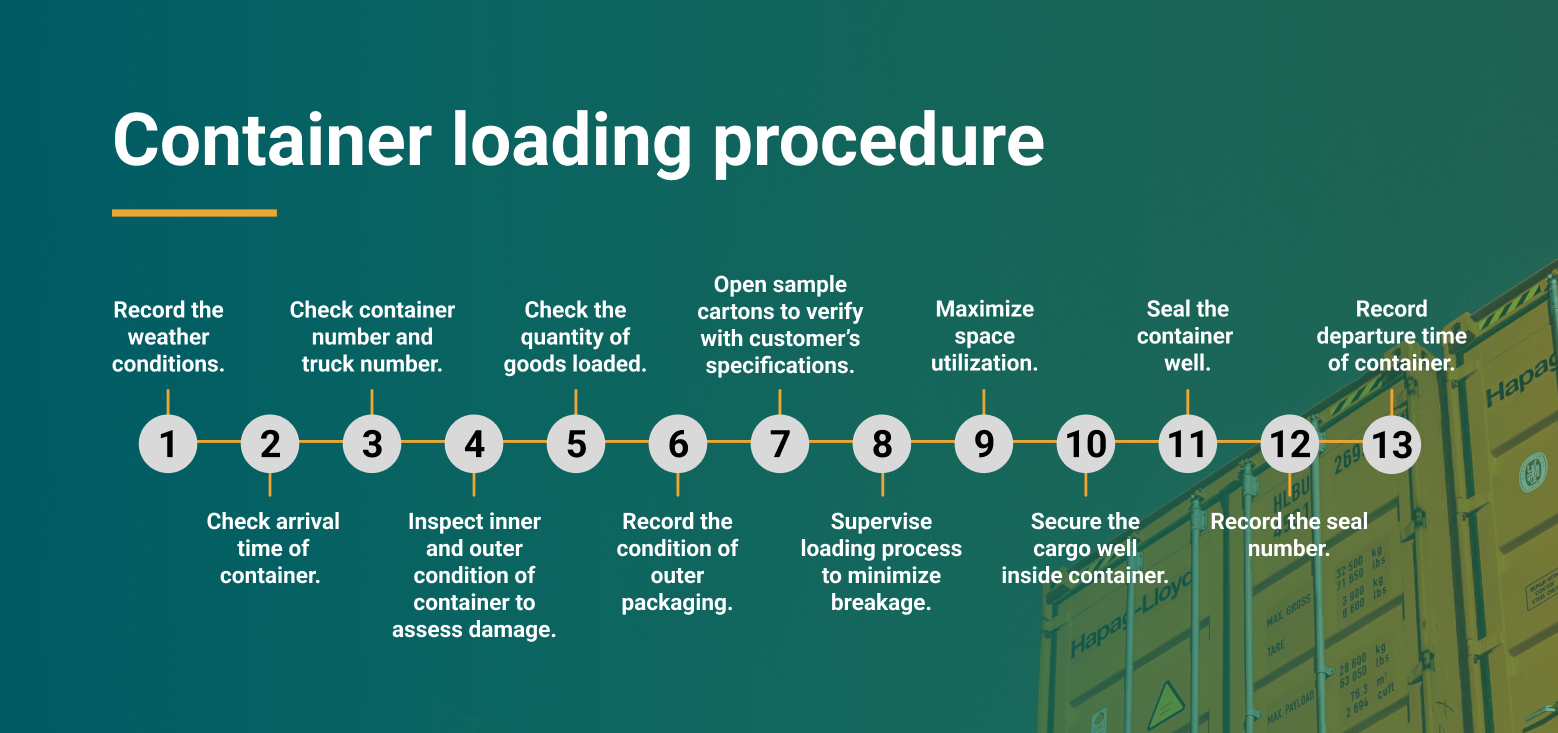
Coming up next is the types of container loading.
FCL vs LCLWhat is less than container load? Less than container load (less than container load, LCL) is a shipping term that refers to the delivery of cargo in smaller quantities than a full container load. A f... More container loading
Let’s continue with the example you have above. Say your client’s order is a big one for the office tables. They will then want a container all to themselves to pack it up the tables, right? Then the FCL loading type is perfect for them.
FCL means a single container that is booked by you exclusively for the transportation of your cargo only. You don’t have to share the container with cargo booked by other shippers.
It can also be, that your client doesn’t have enough tables to fill up an entire container. If that’s the case, then you have to go look for the LCLWhat is less than container load? Less than container load (less than container load, LCL) is a shipping term that refers to the delivery of cargo in smaller quantities than a full container load. A f... More order. This is where your client will share the container with other shippers’ cargo. This comes in handy when the exporter doesn’t have to book an entire container because the size of the cargo doesn’t demand that much space.
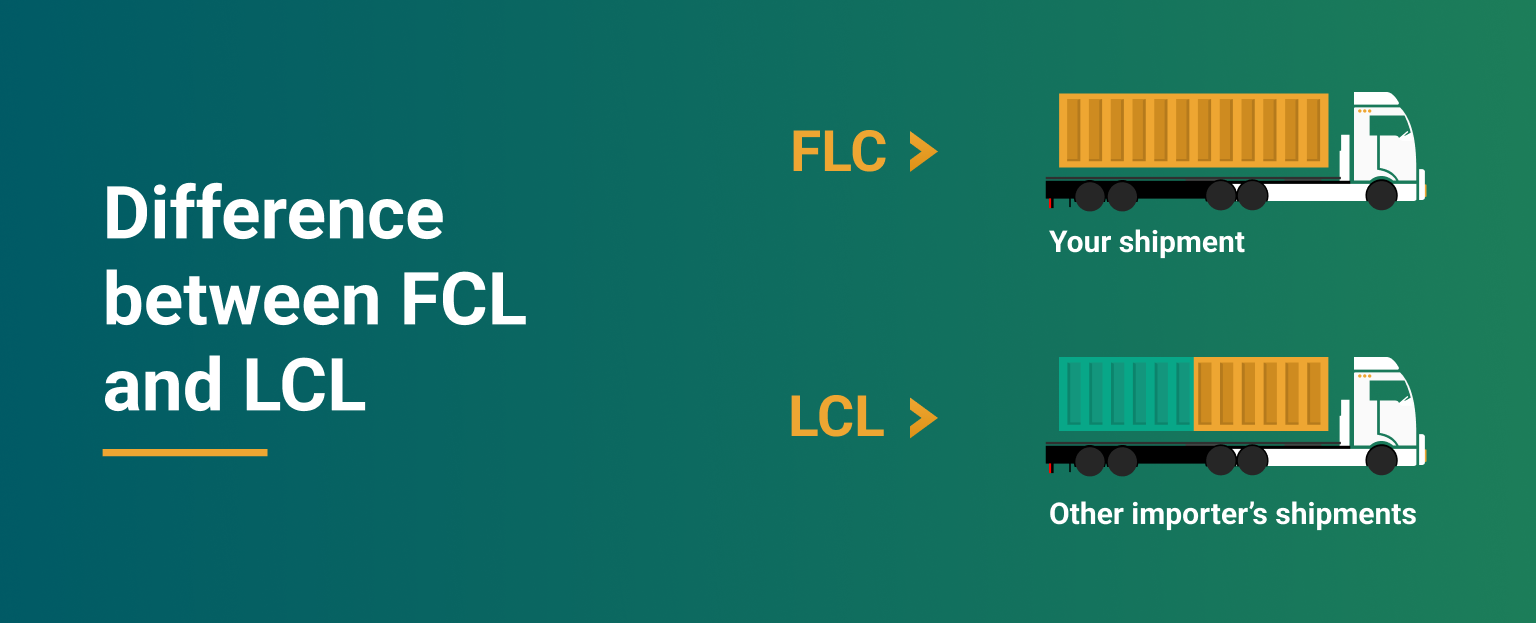
Buy a container for your container loading needs on xChange
Ok, so now you’ve found the perfect container to ship your client’s office tables in, but you are apprehensive if the partners you choose to buy from are trustworthy. And what about the prices? We got you. We at xChange understand that it’s hard to get access to big names in the industry, but we can assist you there. With over 1000+ vetted companies available on the xChange platform, we make it simple and easy to find trustworthy partners. We have a mandatory vetting process during the onboarding at xChange, to ensure your safety first when it comes to trading. We work with trusted users around the world, some of whom include:
- Seaco Global
- SeaCube
- Trident International
But how would you reach out to them? Envision this: you’re sitting in front of your laptop scrolling through different container types for your client. All you’ve to do is spot a company you like; send them a message and negotiate prices. All this is based on the standard contract you’ve all filled out beforehand, making your negotiations smoother and your work faster.
You’re done in just a few clicks.
You can now sit back and relax while you stay up-to-date on the location of your boxes with automated container tracking. You get all this at your fingertips.
As for the prices, we are a commission-free platform and provide full-price transparency. This means that all the rates and fees that you see are stated upfront and are negotiable. This way, you can be sure what you’re paying and why, before signing a deal.
So, are you all set to find that box for your client for their container loading needs? xChange can help you skip the hassle of lengthy contract negotiations, background checks, and endless emails.
Click on the banner below to get started.
Container loading: Common FAQs
What is container loading?
Container loading is the process of filling up a container to its full weight. In simple terms, as the name suggests, it means loading the container to maximum capacity.
How is the container load calculated?
You can calculate container load in 3 steps: Step 1: Calculate the cubic measurement of each item to be loaded. When measuring in feet, multiply the length, width, and height of the item to get the total in cubic feet. For inches, multiply the length, width, and height in inches, and divide the total by 1,728 to arrive at the figure in cubic feet. And if you're looking for meters, multiply the length, width and height of the item to get the total in cubic meter, and multiply the total by 35.315 to arrive at the figure in cubic feet. Step 2: Multiply the cubic foot total by the number of items of that size to go inside the container. Check the final cubic feet total of all cargo items against the cubic foot capacity of the container. Step 3: Calculate the overall weight of the payload by multiplying the weight of each item to be loaded. Be sure not to exceed the maximum weight rating of the container.
What is container loading problem?
A major container loading problem lies in the weight. Weight distribution constraints require the weight of the cargo to be spread across the container floor. An unbalanced container can produce problems when lifted by a crane.
What is container loading inspection?
Container loading inspection entails making sure that the container is clean, with no damage or vulnerable points, and the seal is in perfect condition to lock in the goods safely.



